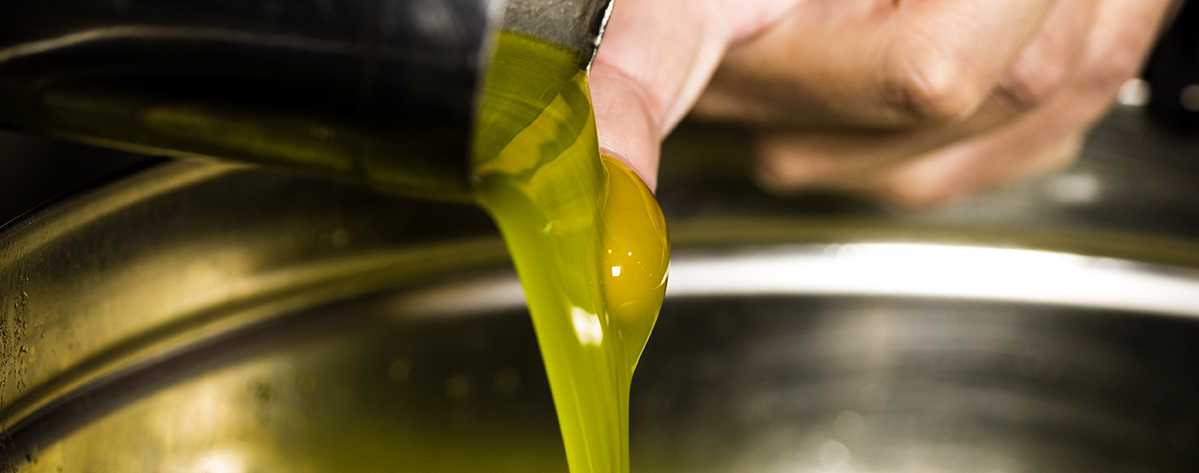Olive harvesting
Depending on the type of plant and the geographic conformation of the land, each olive-growing area has developed special harvesting techniques; let’s discover them together.
The way olives are harvested is crucial to the quality of their oil. The organoleptic properties of the end product depend on correct harvesting methods. Hundreds of olive varieties are grown in the Mediterranean region. Harvesting methods vary by the type of plant and terrain.
- Picking: the simplest and most laborious stage, consisting of manually picking the ripest olives.
- Combing: as the name suggests, this method involves using special rakes to strip the olives off the branches.
- Beating: the branches are beaten with long sticks, or shaken by special machines, to make the olives fall into nets or nylon sheets.
- Natural fall: this method does not yield prestige oil. Nylon nets are rigged up between the trees before the olives start falling naturally. Fermentation and oxidization occur in the olives between falling and pressing and this has a negative impact on the characteristics of the oil.
The best time to pick varies from place to place. The mild climate in certain regions makes it possible to organize staggered harvesting, from mid-November to as late as the start of May. This produces particularly sweet and rounded oils.
In colder climates where there’s a risk of autumn frosts, olives are picked and pressed when still green, which gives the oil more or less marked aromatic tones.





